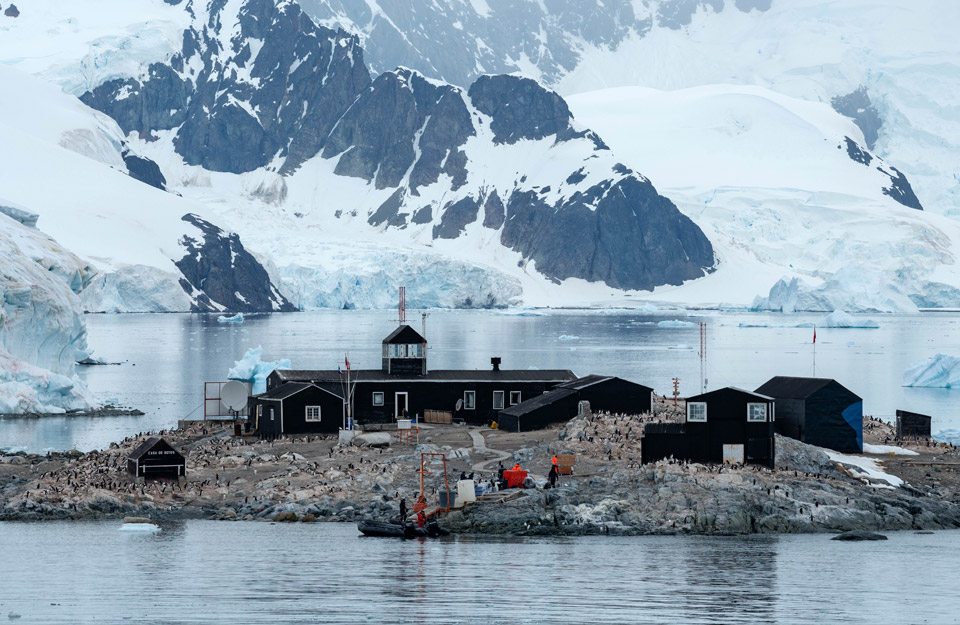
Thursday, November 6 marks 80 years since the historic day in 1940 when President Pedro Aguirre Cerda set Chile’s territorial limit in Antarctica. Despite the announcement, Chile was not effectively present in the territory until 1947, when it set up its first base in the area, named after Arturo Prat. The bases named after Bernardo O’Higgins (1948), Gabriel González Videla (1951), Pedro Aguirre Cerda (1955), Rodolfo Marsh (1969) and others followed. Today, Chile has 12 bases in its Antarctic territory.
In 1959, the territory began to emerge as an interesting scientific focal point. On December 1, 1959, the Antarctic Treaty or Antarctic Treaty System (ATS) was signed in Washington. The ATS designates Antarctica as a region of peace and cooperation for scientific research and addresses matters related to sovereignty claims.
Since then, Chile has focused its contributions in Antarctica on logistics, scientific research, environmental protection and international collaboration.
Aiming to conduct quality research, one of the main targets of the ATS, the Chilean government created the Chilean Antarctic Institute (INACH). Reporting to the Minister of Foreign Affairs, the public entity supports exploration and encourages Antarctic research.
“INACH coordinates all research conducted in Antarctica and promotes some lines of research of strategic importance for Chile. For example, the scope of the global changes that are occurring and affect Antarctica, which we have come to realize, through research, impact the future of the country,” said Dr. Marcelo Leppe, National Director of the Chilean Antarctic Institute. “One of our goals is to promote and raise public awareness of the importance of Antarctica for a country charting a destiny,” he added.
Dr. Leppe also explained that Chile has set up an axis of 3,000 km between Punta Arenas and Union Glacier with capacity for Antarctic science and that INACH is currently conducting more than 100 scientific projects, involving more than 350 researchers. “Approximately 20% of those are international cooperation projects, which enables our researchers to have a global impact,” explained the national director.
Fifty-three countries are currently part of the ATS, and 22 countries use Punta Arenas as a port of entry for Antarctica, making it the primary science route to the White Continent. Chile has maintained bases in different parts of Antarctica since 1947 and has upheld the principles enshrined in the ATS: dedicating the continent to peace and science within a context of intense international collaboration and contributing to knowledge with a global impact.





